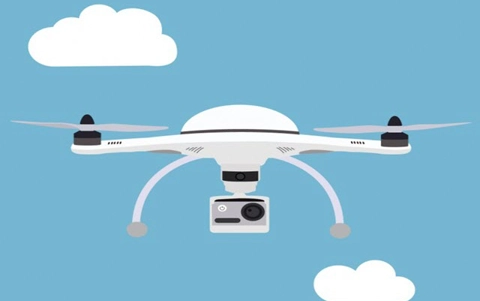Clayfield College's Drone Club
Given drones’ wide application, many schools have already started to explore how they can be used within an educational context, to teach students computational thinking and problem solving.
Additional details
| Year band(s) | 7-8 |
|---|---|
| Content type | School stories |
| Format | Web page |
| Technologies & Programming Languages | Robotics and drones |
| Organisation | ESA |
| Copyright | Creative Commons Attribution 4.0, unless otherwise indicated. |
Related resources
-

Project based learning and digital technologies
At this large Qld school the teachers at the school embarked on a project based learning.
-
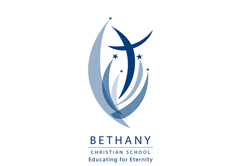
Design thinking and digital technologies
A school's journey in implementing the Australian Curriculum: Digital Technologies
-

Computational thinking in a creative learning environment
At this small NSW school the teachers at the school embarked on a project focusing on student engagement.
-
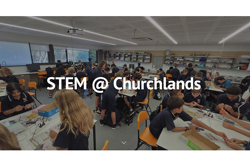
STEM ideas
A cross curricular learning program designed to prepare students for the jobs of tomorrow.
-

Programming interactive music
This South Ausltalian tecaher explains how he integrates programming and music.
-
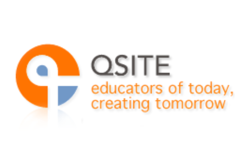
Engaging in Digital Technologies through Geocaching
Geocaching has been around since 2000, but you may not have heard of it as it is a secret game.
-
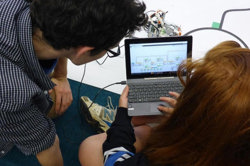
An integrated approach to Digital Technologies
This school describes the choice between whether to make the Digital Technologies curriculum a standalone subject or to integrate it into other areas of the curriculum.
